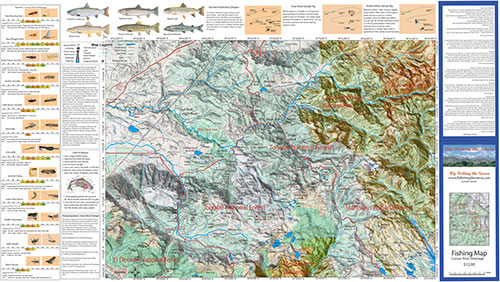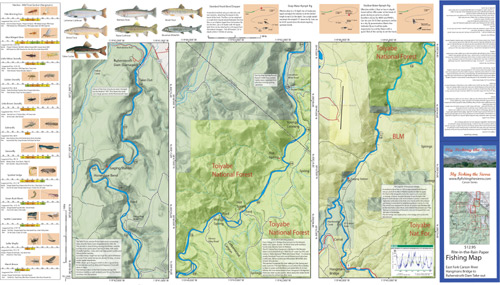East Fork Carson River – once a wild trout designation

Directions: From Meyers, at junction of Highways 50-89, take Hwy 89 South for 11 miles to junction of Highways 88-89. Turn East and go 6 miles to Woodfords. Turn South and go 7 miles on Highway 89 (past Markleeville) to Hangman’s Bridge. | ||
Fishing Report: East Carson Flow Report: East Carson
| ||
Notes:
This all changed in Spring of 2021. Based upon fish surveys, CDFW was convinced that the stocking of rainbows impacted the section of the river below Hangman’s Bridge. The section was decommissioned as a “Wild Trout” water and a 2 fish limit with a 14″ minimum was put in place. The opinion was that only rainbow trout less than 14″ were indeed wild. “Trophy Trout”The “trophy trout” sections of the river starts at Hangman’s Bridge about 1.5 miles south of Markleeville and continues for 14.5 miles to the CA/NV border. Most of the trout reside below Hangman’s Bridge within deep pools. The river is generally flat between Hangman’s Bridge and Markleeville Creek but then drops off into canyon water onto the Nevada border. The best access to the river is from a trail at Hangman’s Bridge or from the campground at Markleeville Creek. Rainbows make up 84% of all the fish within this section, most in the 6-12″ range. The section still has a significant number of rainbows in the 12-18 inch class. The Mountain Whitefish also frequent the river and can reach up to 18 inches. This is not an abundant trout fishery as it contains the fewest trout of any of the state designated Wild Trout Streams but can be very rewarding for those that fish it. The Rainbows tend to be in the meadow areas of Hangman’s Bridge while the Browns tend to inhabit the Canyon waters below Markleeville Creek. 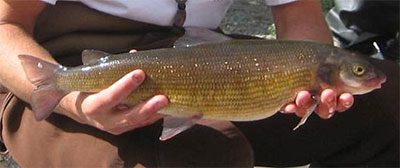 Since river rafters use this section of the river during the early summer months, the fly fishing is better during the later summer and fall periods. You can wade most of the river with many cross-over areas less than 2 feet deep. Scattered pools can be over 8 feet deep with runs in between the pools. The season is open year round and is allowing a 2 trout limit with a 14 inch minimum to protect the smaller age classes. Seasonal HatchesEarly in the season, subsurface patterns such as Golden Stonefly Nymphs with a Prince Nymph dropper work well. Try the edges and slow water as the colder water tends to limit the trout’s movement. The Spring Hatches generally start in June, so prior to the hatch try Streamer patterns such as Buggers and Matukas. Use a type II Sinking line and cast across the stream to allow a downward drift and swing. Let the streamer pause at the end of the swing before retrieving. Retrieve with some sporadic pulls. In June, when the water warms up a bit, the salmonflys become active and a Clark’s Stonefly or Stimulator size #6-8 works well. Fish these salmonflys in the moderately fast water particularly near bank vegetation. June is also a good month for Green Drake nymphs (Green Drake Poxyback, Black A.P. , Prince Nymph) with a caddis pupa dropper. You will also encounter a Green Drake spinner fall in the evening. PMD’s will show up around midday and the late afternoon brings on a flight of Yellow Sallies. Dries and Droppers
Nymphing works well with Hare’s Ear Nymphs in sizes 8-14 or Zug Bugs in size 8-10. The most common streamer used on the river during the early part of the season is the Muddler Minnow #10-12. Larger muddlers in sizes 6-8 are used later in the summer. These streamers are particularly effective on the large Browns in the Canyon section. Other Notable WatersIndian Creek Reservoir(Click link on map) (elev. 5,600 feet) is a trophy fishery containing large Rainbows (up to 5-7 lbs.), Lahontan cutthroats, Brookies, and Kamloop Trout. The trout are actively planted here along with many holdovers. The 160 acre lake is best fished from either canoe or float tube. Many will troll with bugger patterns but midging has become a popular choice in tactics. The reservoir is open year-round. Spring and Fall months are popular for fishing. Summers can get quite weedy due to the shallow nature of the lake. Winter Ice Fishing is often good.  The lake has a high growth rate due to the rich forage base. Snails are especially prevalent. A damsel hatch in July can be quite good around the weedbeds that are starting to develop. There is even a good Blood Midge hatch that will allow for some dry fly action at times. The BLM maintains the surrounding area composed of Jeffrey and Pinon Pines with campsites along the western shore near the dam. Picnic sites are located on the southwestern side of the lake near the dam. A trailhead is located at the northern end of the lake with access to the EF Carson Wild Trout waters. | ||
Fishing RegulationsCarson River, East Fork (Alpine Co.) from Hangman’s Bridge downstream to Nevada State Line: All year. Artificial Lures, 14 inch minimum, 2 trout per day All other Lakes and Reservoirs: Open all year. No restrictions. 5 trout per day. 10 trout in possession. All other creeks and tributaries: From the last Saturday in April through November 15, 5 trout daily bag limit, 10 trout in possession; and, from November 16 through the Friday preceding the last Saturday in April, 0 trout bag limit, artificial lures with barbless hooks only and trout must be released unharmed and not removed from the water.
| ||
Fishing Maps AvailableCovers the watershed areas of the Carson River within the Sierra. Shows topographic relief, GPS Long./Lat., camping areas, road access, and Trailheads. Special Features are Suggested Flies, Nymphing Rigs, Fishing Season and Regulations, Fish Identification, Catch & Release Procedures, and Stream Etiquette guidelines. |
Carson Drainage
|
$12.95 pkg |
|
Covers the Carson River between Hangman’s Bridge on Hwy 89 and Ruhenstroth Dam near Gardner, NV. Topographic relief showing features surrounding the river. Shows camping areas, GPS Long./Lat., road access, trails, and property boundaries. Special Features are the Hatch Chart, Fishing Season and Regulations, Fish Identification, Historic Flow Chart, Nymphing Rigs, and Stream Etiquette guidelines. |
East Fork Carson 1, Hangman’s Bridge to Ruhenstroth Dam
|
$12.95 pkg |

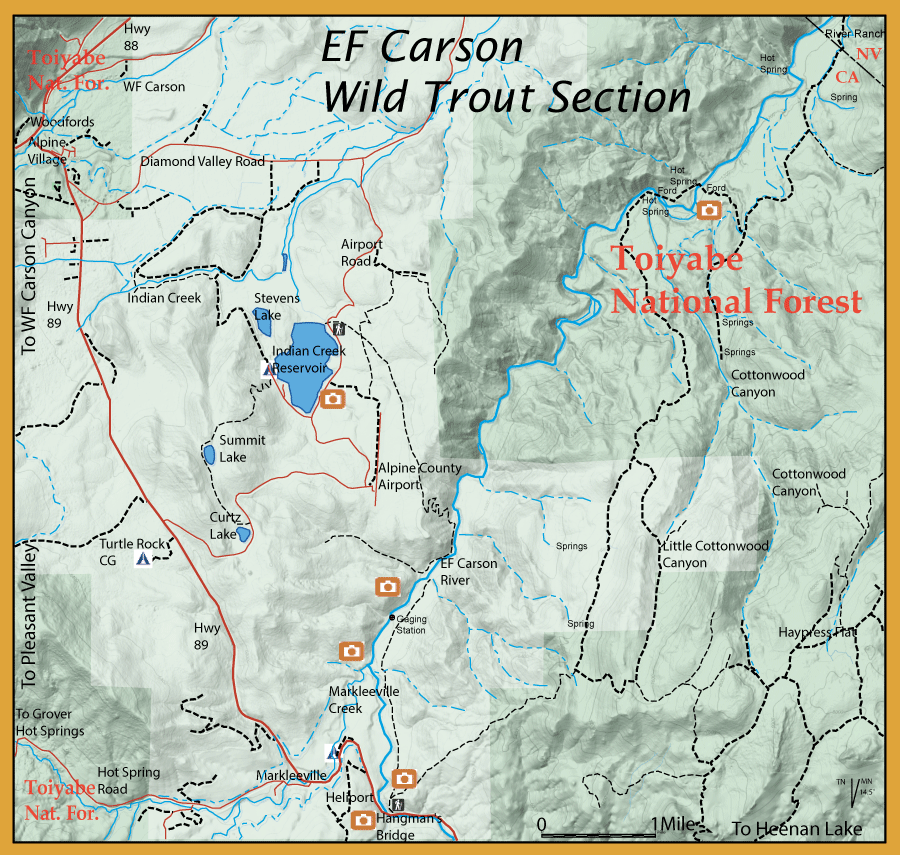
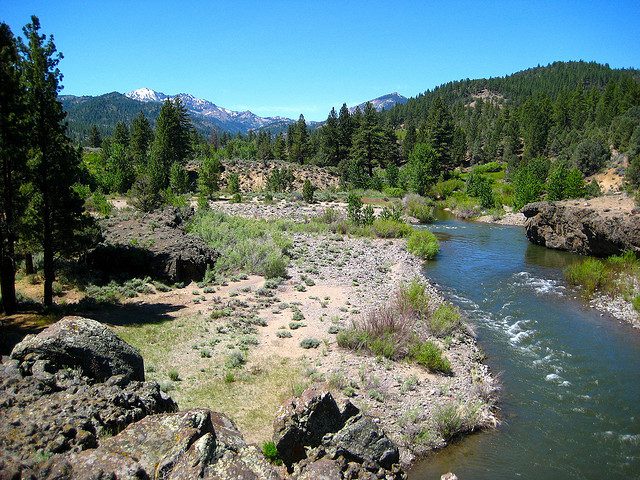 In 1989, the
In 1989, the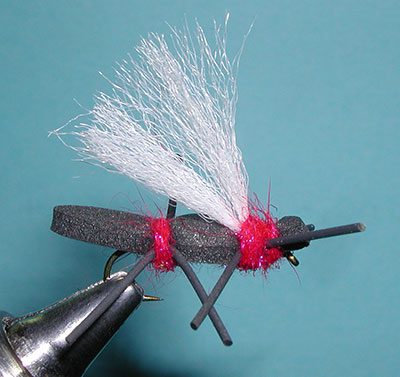 Another combination that works well here is a dropper from a Chernobyl Ant. Caddis patterns work well throughout the season, especially during the evening, as caddis flies are quite prolific. The most common colorations are yellow to tan. A yellow Elk Hair Caddis pattern in size 12-16 is a good pick. Some Brown Sedge and slate sledge caddis emerge in late spring to mid-July. Try using a Goddard Caddis #14-16 to match this fly. As an Attractor Dry, the Royal Wulff #14-16 is the most popular on the river. A good October Caddis hatch occurs for excellent dry fly opportunities.
Another combination that works well here is a dropper from a Chernobyl Ant. Caddis patterns work well throughout the season, especially during the evening, as caddis flies are quite prolific. The most common colorations are yellow to tan. A yellow Elk Hair Caddis pattern in size 12-16 is a good pick. Some Brown Sedge and slate sledge caddis emerge in late spring to mid-July. Try using a Goddard Caddis #14-16 to match this fly. As an Attractor Dry, the Royal Wulff #14-16 is the most popular on the river. A good October Caddis hatch occurs for excellent dry fly opportunities.